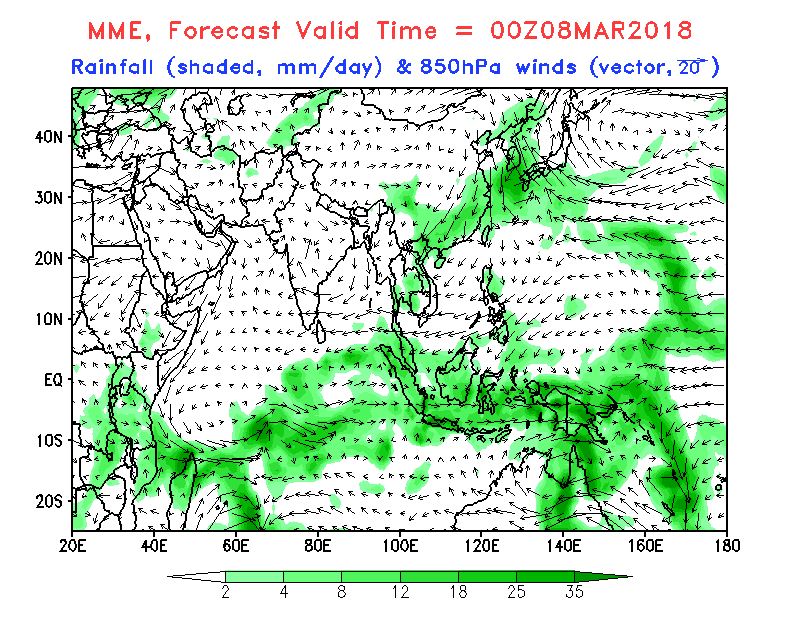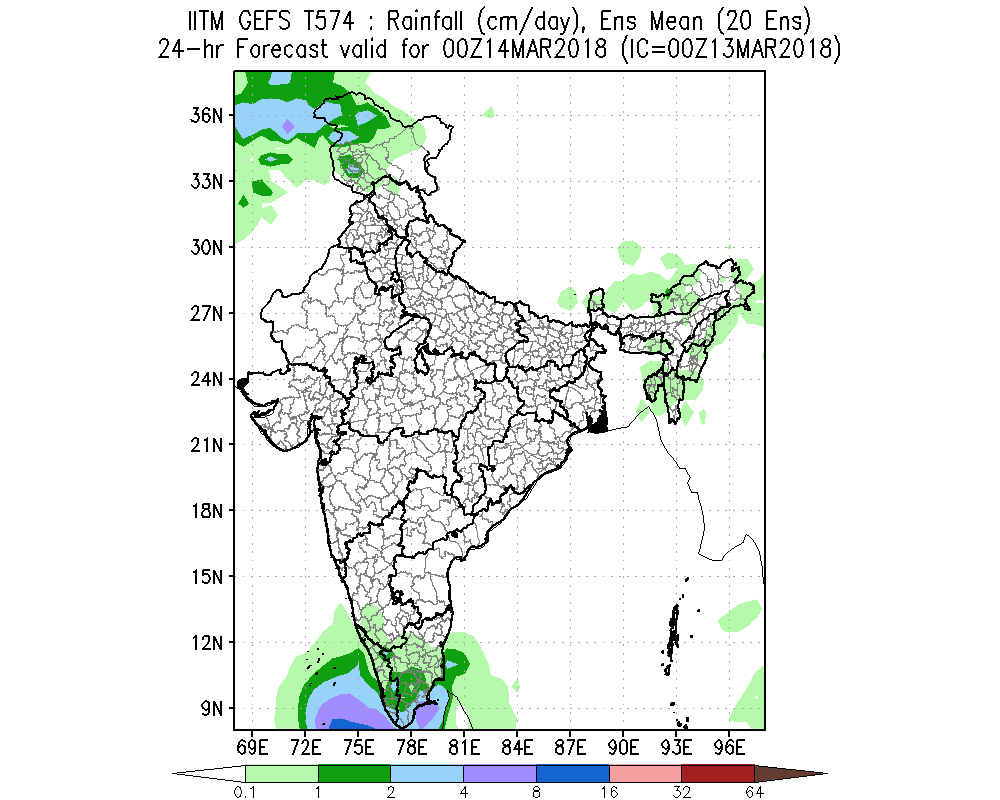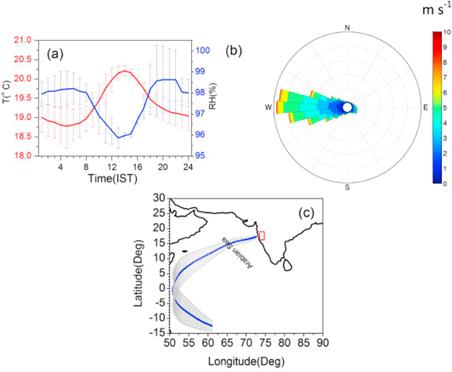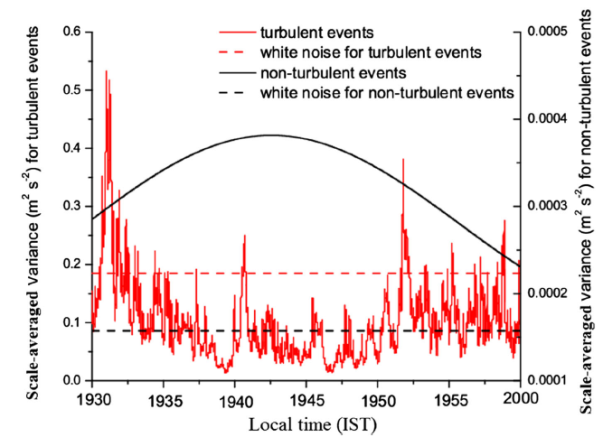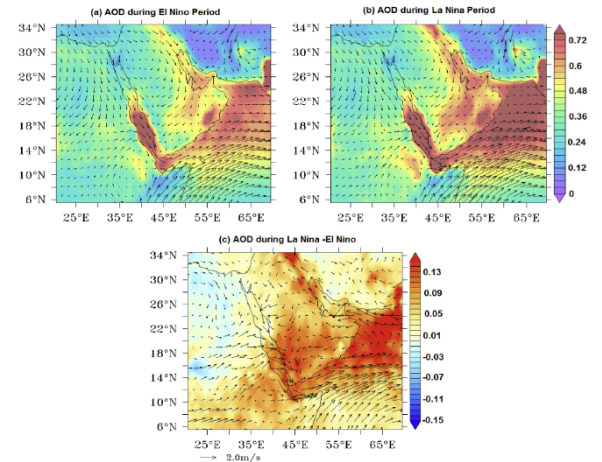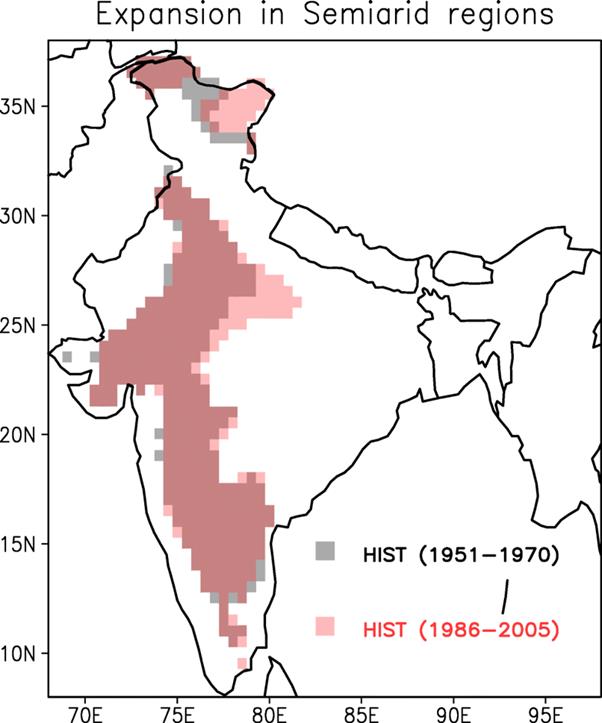SCIENCE LECTURE SERIES
Prof. R. Ananthakrishnan Seminar Series
Lecture-1 (15 Jan. 2018) |
Lecture-2 (9 Mar. 2018)
Lecture-3 (12 Apr. 2018) |
Lecture-6 (13 Jul. 2018) 
RAC Meeting : POSTERS
IITM Research Report
The 10-20 day intraseasonal variation of the South Asian summer monsoon simulated by GFDL models in the AMIP experiment of CMIP5, June 2018, Sujata Mandke et.al. 
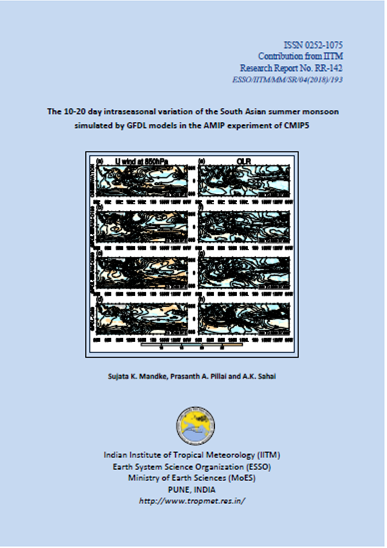 Read More
Read More
IITM Publication Highlights
Isotopic studies of plant transpiration
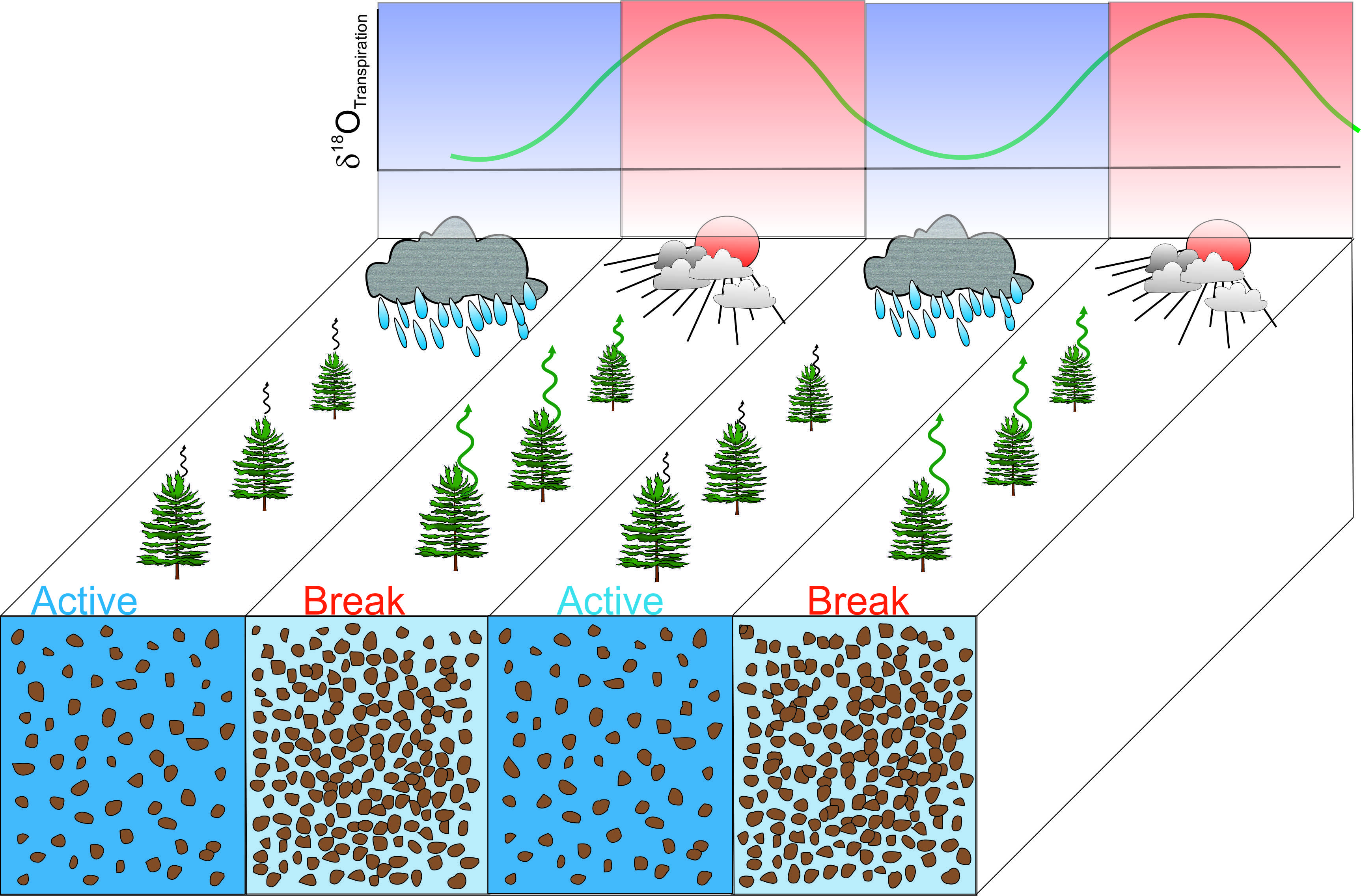 Isotopic analysis of rain water and transpired water on a few plants have been carried out during the monsoon season of 2016 and 2017 at IITM, Pune. The study shows that the oxygen isotopic compositions of the plant transpired water are strongly controlled by the soil water dynamics. During the active monsoon season, soil water content is increased which results in depleted isotopic values in the transpired water. On the other hand, during the break phases of monsoon, the soil water content is relatively low which leads to enriched isotopic values in plant transpired water.
The study has implication in identifying the monsoon break phases using bio-meteorological parameter, that is, transpiration. To our knowledge, such kind of study, that is the identification of active/break phases using a bio-meteorological parameter was not reported before.
Diagram: A schematic representation of the active and break phases during a monsoon season. During the active period, heavy rainfall helps increase the soil water content, as represented by blue shading. During this time soil evaporation is low and hence the soil water does not suffer significant changes in its isotopic values. On the other hand, during a break condition, low rainfall results in low soil water content (light blue shading) and in turn, high soil water evaporation. This causes enriched isotopic values in soil water, and in turn, the transpired water. The isotopic values of the transpired water are schematically represented by a sinusoidal variation as shown in the upper portion of the diagram.
(Chakraborty S., Belekar A.R., Datye A., Sinha N., June 2018)
Isotopic analysis of rain water and transpired water on a few plants have been carried out during the monsoon season of 2016 and 2017 at IITM, Pune. The study shows that the oxygen isotopic compositions of the plant transpired water are strongly controlled by the soil water dynamics. During the active monsoon season, soil water content is increased which results in depleted isotopic values in the transpired water. On the other hand, during the break phases of monsoon, the soil water content is relatively low which leads to enriched isotopic values in plant transpired water.
The study has implication in identifying the monsoon break phases using bio-meteorological parameter, that is, transpiration. To our knowledge, such kind of study, that is the identification of active/break phases using a bio-meteorological parameter was not reported before.
Diagram: A schematic representation of the active and break phases during a monsoon season. During the active period, heavy rainfall helps increase the soil water content, as represented by blue shading. During this time soil evaporation is low and hence the soil water does not suffer significant changes in its isotopic values. On the other hand, during a break condition, low rainfall results in low soil water content (light blue shading) and in turn, high soil water evaporation. This causes enriched isotopic values in soil water, and in turn, the transpired water. The isotopic values of the transpired water are schematically represented by a sinusoidal variation as shown in the upper portion of the diagram.
(Chakraborty S., Belekar A.R., Datye A., Sinha N., June 2018) 
A Modeling Study of Interannual Variability of Bay of Bengal Mixing and Barrier Layer Formation
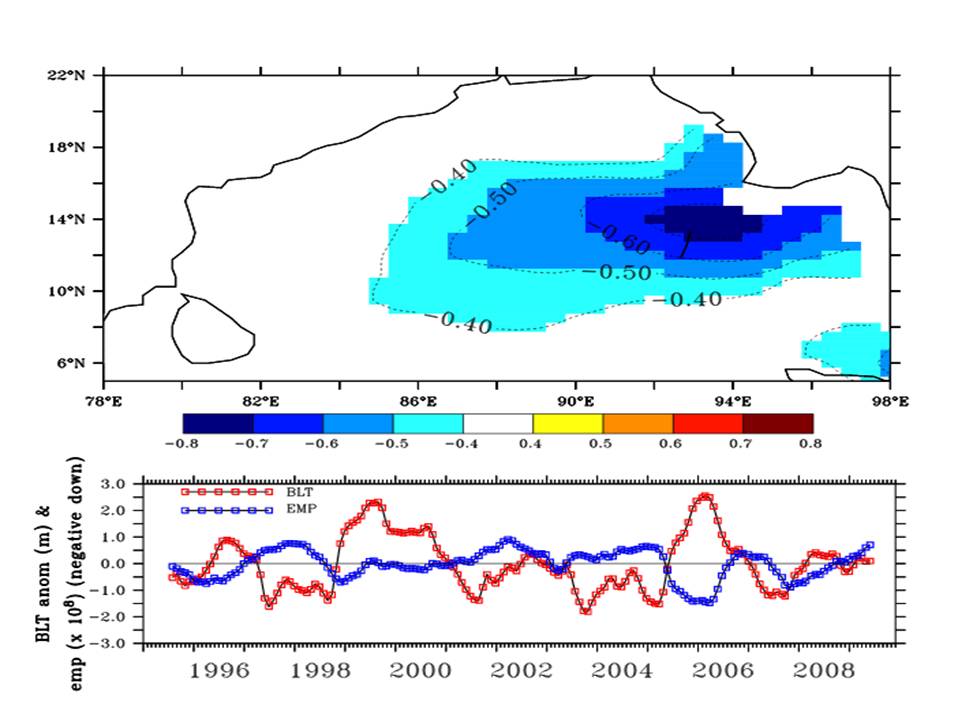 A dynamic-thermodynamic reduced gravity ocean model embedded with a high-resolution vertical mixed layer model is introduced. Further the model is utilized to study the Bay of Bengal mixing and variability. The year to year variabilities of Bay of Bengal mixing and barrier layer are predominantly controlled by ENSO. Turbulent kinetic energy (TKE) and stability of water column dissociate and mitigate the variability of Bay of Bengal mixing when ENSO is a controlling factor. The study has implications for fine tuning the state of the art general circulation models and climate models in order to represent a robust spatiotemporal variability of surface mixing in the Bay of Bengal.
(Valsala V., Singh Shikha, Balasubramanian S., April 2018)
A dynamic-thermodynamic reduced gravity ocean model embedded with a high-resolution vertical mixed layer model is introduced. Further the model is utilized to study the Bay of Bengal mixing and variability. The year to year variabilities of Bay of Bengal mixing and barrier layer are predominantly controlled by ENSO. Turbulent kinetic energy (TKE) and stability of water column dissociate and mitigate the variability of Bay of Bengal mixing when ENSO is a controlling factor. The study has implications for fine tuning the state of the art general circulation models and climate models in order to represent a robust spatiotemporal variability of surface mixing in the Bay of Bengal.
(Valsala V., Singh Shikha, Balasubramanian S., April 2018) 
Biological production in the Indian Ocean upwelling zones, Part - I: Refined estimation via the use of a variable compensation depth in ocean carbon models
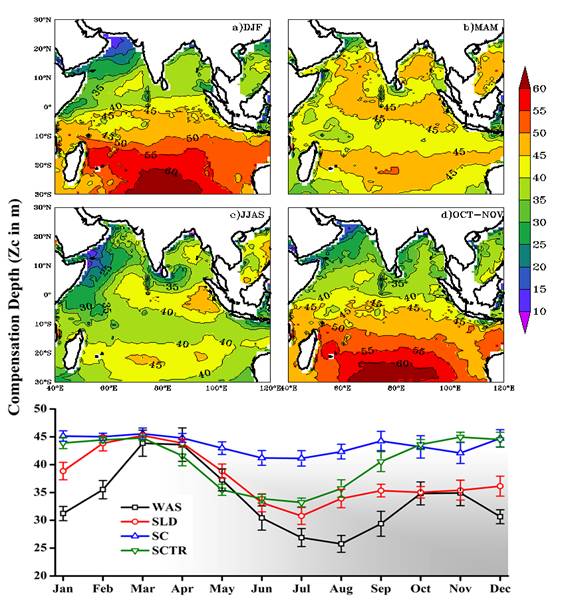 Biological modeling approach adopted by the Ocean Carbon-cycle Model Inter-comparison Project (OCMIP-II) provided amazingly simple but surprisingly accurate rendition of the annual mean carbon cycle for the global ocean. Nonetheless, OCMIP models are known to have seasonal biases which are typically attributed to their bulk parameterization of 'compensation depth'. Utilizing the criteria of surface Chl-a based attenuation of solar radiation and the minimum solar radiation required for production, we have proposed a new parameterization for a spatially and temporally varying 'compensation depth' which captures the seasonality in the production zone reasonably well. This new parameterization is shown to improve the seasonality of CO2 fluxes, surface ocean pCO2, biological export and new production in the major upwelling zones of the Indian Ocean.
The seasonally varying compensation depth enriches the nutrient concentration in the upper ocean yielding more faithful biological exports which in turn leads to an accurate seasonality in the carbon cycle. Thus the new parameterization of variable compensation helps in achieving a seasonal balance in export and new production and improved the strength of both solubility and biological pumps for a better representation of carbon cycle.
(Sreeush M G., Valsala V., Pentakota S., Prasad K. V. S. R. and Murtugudde, R, Biogeosciences,, April 2018)
Biological modeling approach adopted by the Ocean Carbon-cycle Model Inter-comparison Project (OCMIP-II) provided amazingly simple but surprisingly accurate rendition of the annual mean carbon cycle for the global ocean. Nonetheless, OCMIP models are known to have seasonal biases which are typically attributed to their bulk parameterization of 'compensation depth'. Utilizing the criteria of surface Chl-a based attenuation of solar radiation and the minimum solar radiation required for production, we have proposed a new parameterization for a spatially and temporally varying 'compensation depth' which captures the seasonality in the production zone reasonably well. This new parameterization is shown to improve the seasonality of CO2 fluxes, surface ocean pCO2, biological export and new production in the major upwelling zones of the Indian Ocean.
The seasonally varying compensation depth enriches the nutrient concentration in the upper ocean yielding more faithful biological exports which in turn leads to an accurate seasonality in the carbon cycle. Thus the new parameterization of variable compensation helps in achieving a seasonal balance in export and new production and improved the strength of both solubility and biological pumps for a better representation of carbon cycle.
(Sreeush M G., Valsala V., Pentakota S., Prasad K. V. S. R. and Murtugudde, R, Biogeosciences,, April 2018)
New Publications
IITM Events
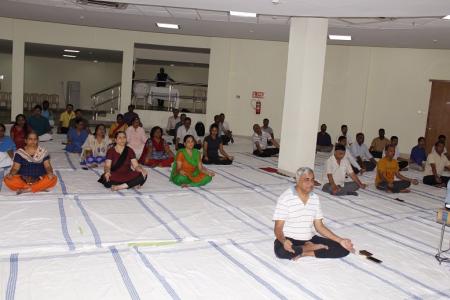
International Yoga Day celebration at IITM
IITM celebrated International Yoga Day on 21st June 2018 at its campus at Pashan Pune. On this occasion, Yoga expert Dr. Pranav Khawale and his team from National Institute of Naturopathy Pune, Ministry of Ayush, Govt. of India, visited IITM and conducted a Yoga session. Prof. Ravi. S Nanjundiah, Director IITM, along with IITM employees and their families attended this session. Various Yoga activities were performed during the session. As designed by the Ministry of Ayush, Govt. of India, Yoga protocol was practiced by including Prayer, performing Asanas, Pranayama and Mudra. Dr Khawale introduced the participants about Yoga and its History. He emphasized on the importance of Yoga in maintaining mental & physical well being in day- to-day lifestyle. IITM employees learned the asanas and discussed with the Expert about their common health issues. Director IITM addressed the gathering and narrated his experience by adopting Yoga in his daily life. He encouraged the employees to practice yoga to deal with stress, anxiety, etc.
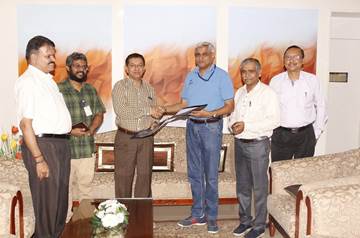
IITM signed MoU with NMU, Jalgaon for scientific collaboration
Memorandum of Understanding (MoU), between Indian Institute of Tropical Meteorology (IITM), Pune, India and North Maharashtra University (NMU), Umavi Nagar, Jalgaon, India was signed by the Director, IITM, Prof. Ravi S. Nanjundiah on 29 May, 2018. On behalf of NMU, Prof. S. N. Patil, Head of Department of Applied Geology, School of Environmental and Earth Sciences, NMU, Jalgaon was present at IITM. The initiatives by IITM for introducing the Atmospheric and Oceanic Science in the curriculum at Post-graduate level courses at NMU will be proven to be crucial for the development of the skilled manpower in time ahead.
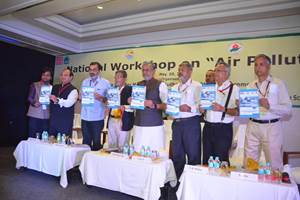
IITM provided expertise scientific assistance to Govt of Bihar
IITM provided scientific assistance to Bihar State Disaster Management Authority (BSDMA), Govt of Bihar on "Assessment of Air Quality Of Patna in various Micro-environments". This is for the first time such air quality assessment was made by Bihar State Disaster Management Authority (BSDMA) through Indian Institute of Tropical Meteorology (IITM), Pune, in collaboration with the Centre for Environment, Energy & Climate Change (CEECC) in Patna during 19 October - 28 November 2017.
A technical report prepared by IITM was released by Shri Sushil Modi, Hon'ble Deputy Chief Minister of Bihar, Minister of Environment and Forest department, in presence of Chairman BSDMA, Principal Secretary BG, etc during the workshop on air pollution in Patna on 9th May 2018. Hon'ble Dy Chief Minister expressed gratitude to IITM and MoES for timely help in this regard.


CAIPEEX - Scientific cloud seeding experiment 2018
CAIPEEX Phase IV experiment has started on 3rd July 2018 and will be conducted for 120 days, depending on availability of suitable clouds. IITM has established an observational facility and a dual polarimetric C-band radar at NBNSCOE, Solapur, Maharashtra. A seeder and an instrumented research aircraft are being used to seed clouds and record the changes in clouds, leading to rainfall. This is for the first time, such science experiment is being conducted in the convective clouds over the tropics.
